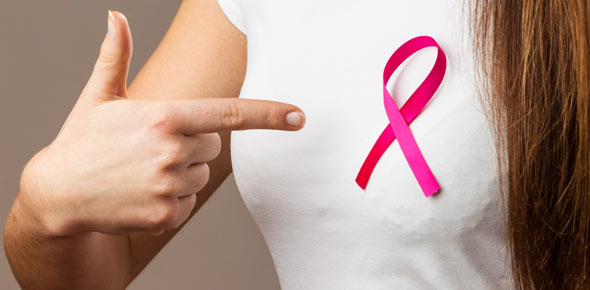Breast Cancer: Understanding Mechanisms and Epidemiology Quiz
- NCI
- WHO
- ACS
2.
You may optionally provide this to label your report, leaderboard, or certificate.
×
Thank you for your feedback!
















